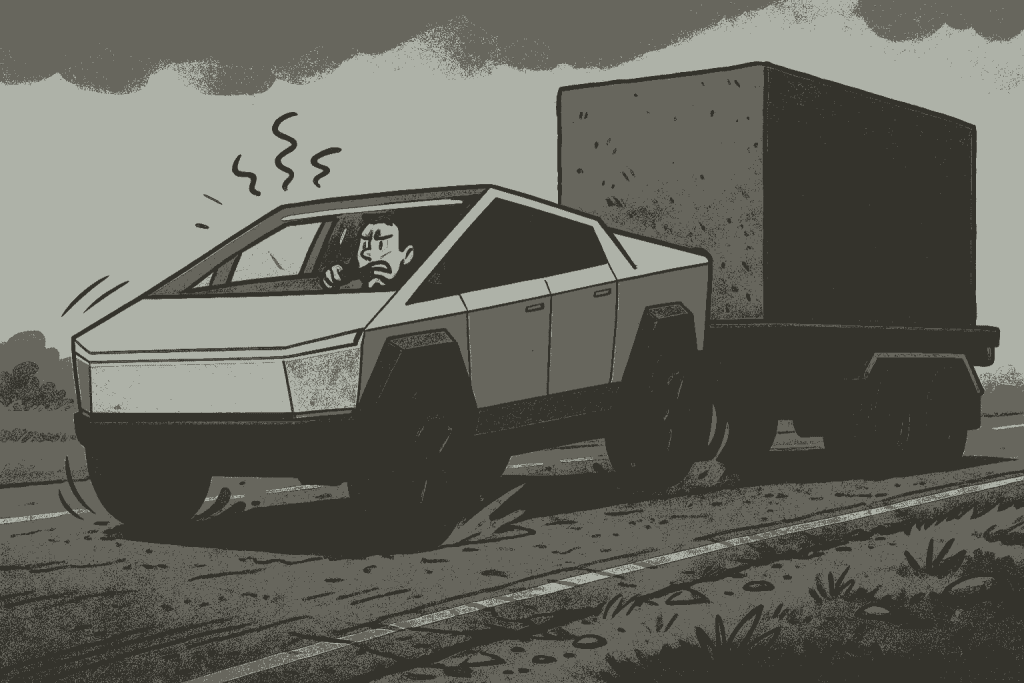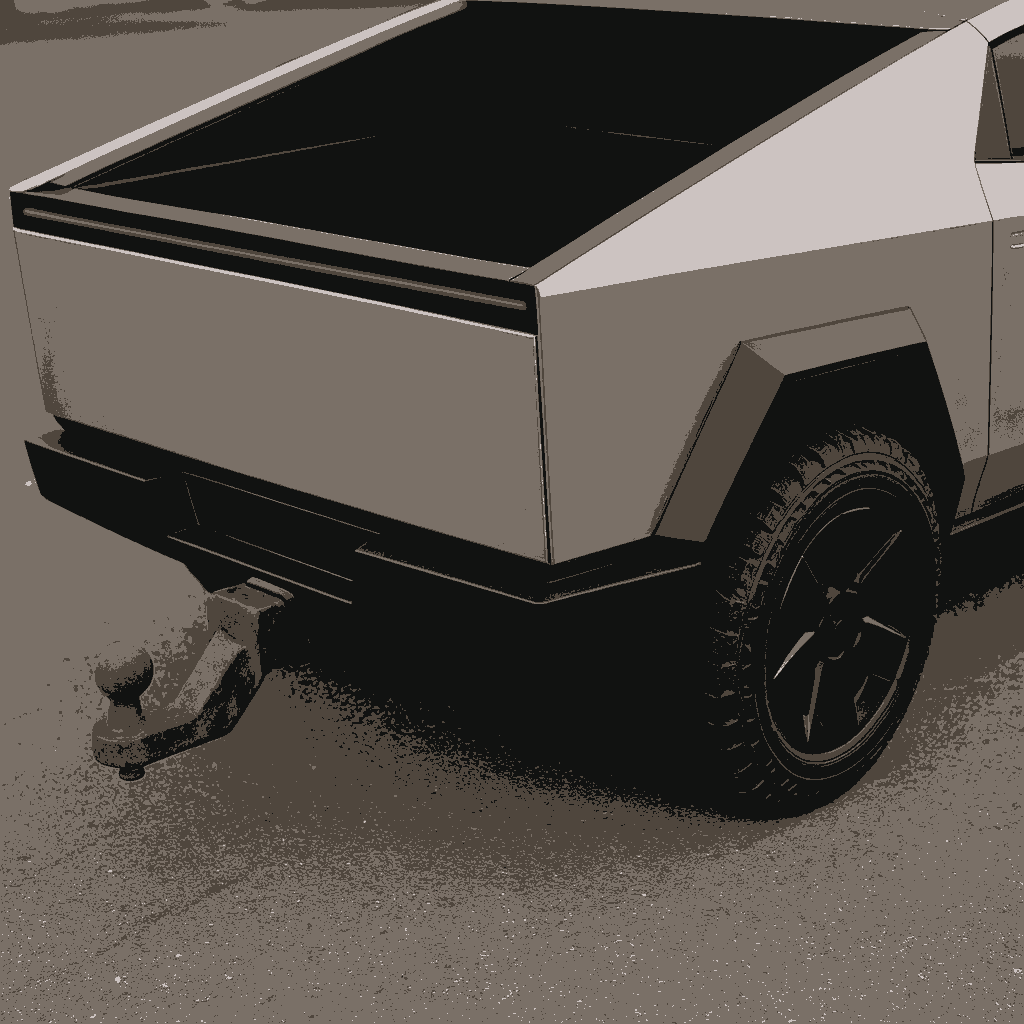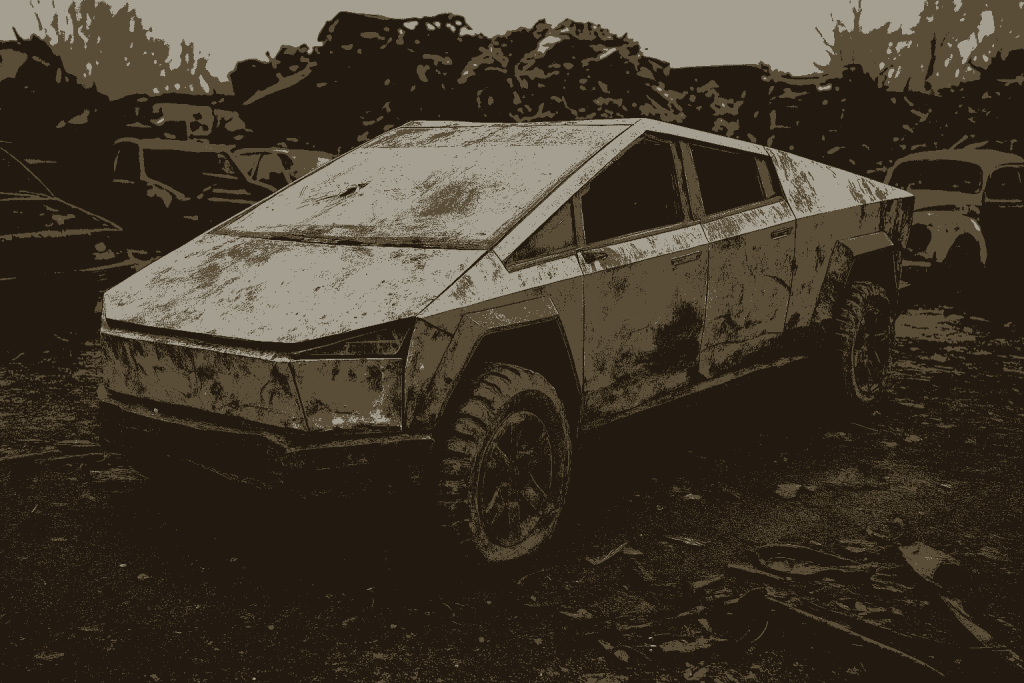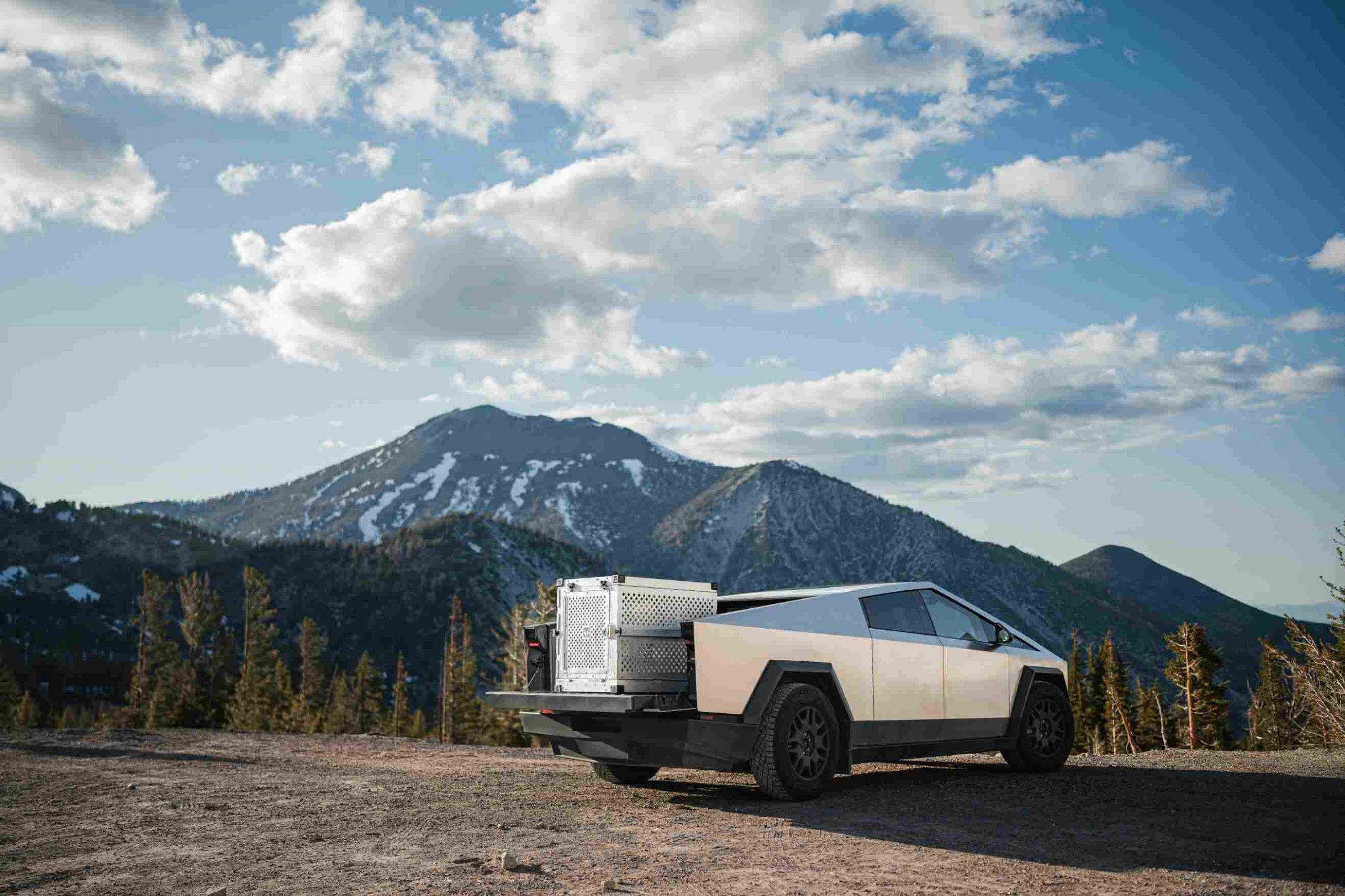The Tesla Cybertruck, with its futuristic design and robust features, has generated a lot of excitement in the electric vehicle (EV) world. Among its many capabilities, one of the standout features is its towing capacity, a crucial factor for those who rely on their vehicle for hauling trailers, boats, or other heavy loads.
However, like any complex system, the Cybertruck’s tow hitch may present a few challenges to owners, especially when it comes to installation, compatibility, and performance over time.
Understanding the Tow Hitch and Its Importance
Before delving into issues, it’s essential to understand the basic function of the tow hitch in the Cybertruck. The tow hitch is a critical component for securing trailers, campers, boats, or other towing equipment to the vehicle.
It needs to be durable, reliable, and able to handle substantial weight—factors that the Cybertruck boasts, with a maximum towing capacity of over 11,000 pounds in its higher configurations.
However, like many high-performance features, the tow hitch may have some complications, especially for new users who aren’t familiar with the ins and outs of towing with electric vehicles.
Below, we will address the most common problems you might encounter with the Cybertruck’s tow hitch, along with possible solutions.
1. Installation and Compatibility Issues
One of the first hurdles that Cybertruck owners may face is the installation of the tow hitch. Although the truck is designed to be compatible with aftermarket towing accessories, the process may not be as straightforward as it seems.
Some users report difficulty in aligning the hitch receiver or properly securing the components, particularly if the truck is equipped with a custom bed or aftermarket modifications.

Given the Cybertruck’s unique design, this issue can be more pronounced if owners opt for third-party hitches or accessories that may not perfectly match the vehicle’s specifications.
Solution: The best approach is to ensure that you purchase a tow hitch specifically designed for the Cybertruck. For example, the CURT 13323 Class 3 Trailer Hitch is tailored for a perfect fit, ensuring a seamless installation process.
2. Weight Distribution and Load Balancing
Even with the most advanced tow hitch system, improper weight distribution is one of the most common problems faced when towing heavy loads. Without proper weight balance, the vehicle can experience significant wear and tear on the suspension, braking, and overall drivetrain.
This is especially important for electric trucks like the Cybertruck, where the balance between load and battery efficiency directly impacts the vehicle’s performance.
Solution: To mitigate weight distribution issues, consider investing in a Reese Weight Distribution Hitch. It ensures the weight of the trailer is evenly distributed across both the tow vehicle and trailer, improving safety and efficiency.

3. Hitch Capacity and Overloading Concerns
The Cybertruck, while robust, is still subject to the limitations of its hitch capacity. Although Tesla’s towing specifications are impressive, some users may be tempted to push the limits of their vehicle by towing loads that exceed the rated capacity.
Doing so can lead to a variety of problems, including strain on the drivetrain, overheating, and potential structural damage to the tow hitch.
Solution: Always refer to your Cybertruck’s official towing specifications. For heavier loads, the B&W Tow & Stow Adjustable Ball Mount is a versatile and heavy-duty option that adjusts to different load types, ensuring safe towing without compromising performance.
4. Rust and Corrosion on the Tow Hitch
A significant problem that many tow hitch systems face, especially in humid or coastal climates, is rust and corrosion. Even though the Cybertruck is built with a high-strength stainless steel exoskeleton, the tow hitch might still be prone to wear due to exposure to road salt, moisture, or debris.
Over time, rust can weaken the hitch and even create hazardous conditions when towing.
Solution: Preventative maintenance is key. After each use, clean the tow hitch thoroughly and apply a corrosion-resistant coating. Additionally, using a HitchMate Locking Hitch Pin can help protect the hitch from rust and theft, ensuring it remains in optimal condition.

5. Electrical System Compatibility
Towing with the Cybertruck involves connecting to the electrical system, which can sometimes lead to compatibility issues. The vehicle’s advanced electrical system might not always be in sync with the trailer’s lighting, brake systems, or other electronic components.
This issue may arise if the trailer is equipped with outdated or incompatible wiring systems, or if the Cybertruck’s software fails to recognize the trailer’s needs.
Solution: To ensure smooth electrical integration, check that your trailer’s wiring is up-to-date and use the appropriate adapter. The Tekonsha Prodigy P3 Brake Controller ensures seamless braking compatibility between the vehicle and trailer.
6. Overheating and Excessive Strain on the Battery
The Cybertruck, being an electric vehicle, relies heavily on its battery to power the motors. Towing large loads, particularly over long distances or steep inclines, can put excessive strain on the battery and lead to overheating.
This can reduce the overall efficiency of the truck and, in the worst-case scenario, damage the battery.
Solution: Monitor the battery’s health and range while towing. For frequent heavy towing, consider a high-speed charging station and utilize Tesla’s software features to manage battery usage effectively.

Take-Home Tips for Towing with Your Cybertruck
The Tesla Cybertruck is an impressive vehicle with a towing capacity that competes with some of the toughest trucks on the market. However, owning a Cybertruck comes with a unique set of challenges when it comes to towing.
From installation issues to overloading concerns and corrosion, understanding these potential problems can help you avoid costly mistakes and ensure your vehicle performs at its best.
To prevent these issues, always ensure that your tow hitch is properly installed and compatible with the Cybertruck’s specifications. Pay attention to weight distribution, regularly inspect for rust, and ensure that the trailer’s electrical system is compatible with the vehicle.
Finally, remember that towing puts additional strain on your electric vehicle’s battery, so managing the load and monitoring performance is crucial for long-term reliability.
For more tips and detailed guides on maximizing the performance of your Cybertruck, be sure to explore the rest of our blog. We cover everything from vehicle maintenance and accessories to towing best practices and troubleshooting. Stay informed and make the most out of your Cybertruck experience!
